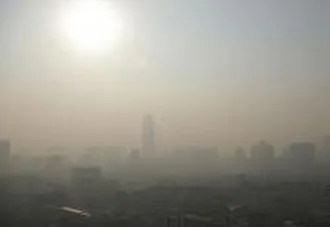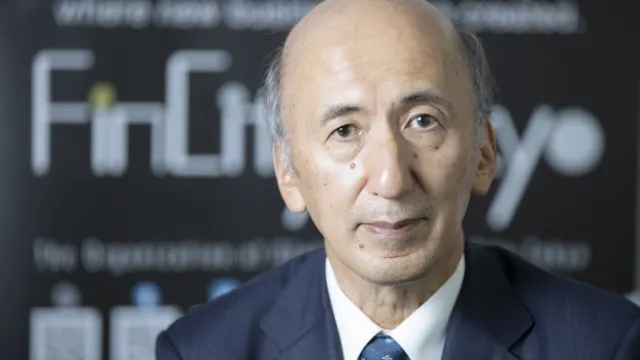
Hong Kong praises China’s new steps to counter air pollution
New moves outline clear targets.
Hong Kong’s government welcomed the State Council's introduction of 10 new measures to reduce air pollution that it unveiled yesterday.
Among the Chinese moves include reducing total coal consumption to below 65% of primary energy use by 2017 as against 66.8% last year.
Other targets include increasing the share of non-fossil fuel energy to 13% by 2017 from 11.4% in 2012. The previous target was 15% by 2020.
China will also raise installed nuclear capacity to 50 GW by 2017, compared to 12.5 GW today. China will also add 150 billion cubic meters of natural gas trunk pipeline transmission capacity by 2015 to cover industrial areas like the Beijing-Tianjin-Hebei region and the Yangtze and Pearl river deltas.
For its part, Hong Kong has imposed tough emission limits on its power plants that have implemented desulphurising and denitrifying technologies. These moves have caused a substantial cut in pollution.
The city is also mandating the use of cleaner marine fuel for local sea vessels, and requires ocean-going vessels to switch to cleaner fuel while at berth in the city.








![Cross Domain [Manu + SBR + ABF + ABR + FMCG + HBR + ]](https://cmg-qa.s3.ap-southeast-1.amazonaws.com/s3fs-public/styles/exclusive_featured_article/public/2025-01/earth-3537401_1920_4.jpg.webp?itok=WaRpTJwE)









 Advertise
Advertise


